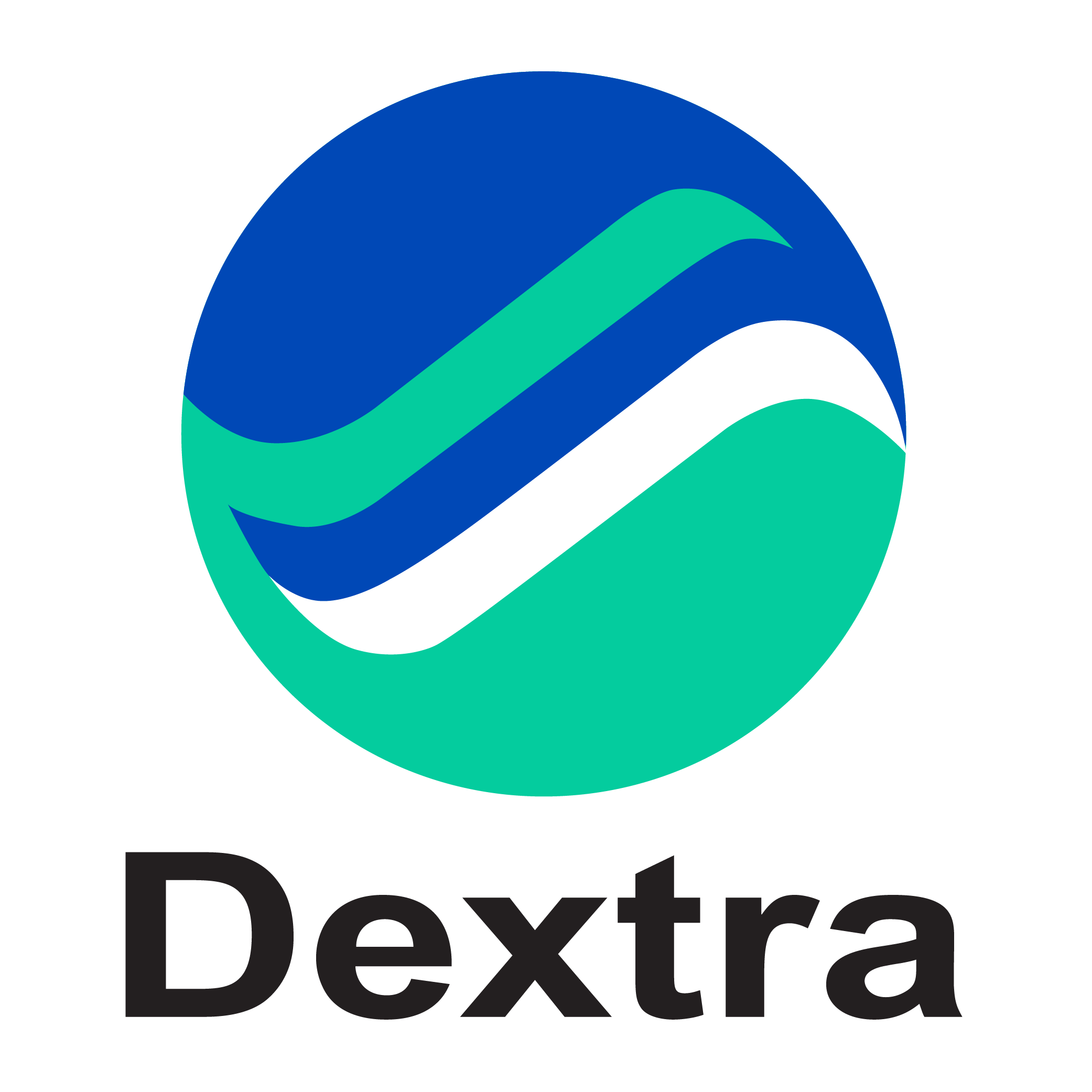Mumbai Metro Line 2B, India
The Mumbai Metro Line 2B, an essential link connecting several key areas of the city, is a significant infrastructure project aimed at alleviating Mumbai’s traffic congestion and providing efficient public transport. As part of this ambitious project, Dextra has made a valuable contribution, supplying engineered construction materials to ensure the durability and reliability of the structure.
CR Bar 1080 for U-Girder Stressing and Pre-Tensioning
One of the critical components of the project is the elevated section of the metro, which relies on U-girders for support. To enhance the strength and resilience of these U-girders, Dextra supplied its innovative CR Bar 1080 cold-rolled fully threaded post-tensioning bars. These bars, with a diameter of 75mm, are specifically designed to withstand high stress during both U-girder stressing and pre-tensioning operations. The hexagonal nuts provided as part of the system allow for secure fastening and easy adjustment, ensuring precise tensioning to meet the structural demands.
Fully Threaded (FT) Bar for Segment Stitching and Temporary Stressing
For segment stitching and temporary stressing operations during the construction of the metro viaduct, Dextra supplied its fully threaded (FT) bars. These bars provide secure connections between precast segments and offer flexibility for adjustments during the stitching process, ensuring that the structural alignment is perfect before the segments are permanently joined.
Unitec Couplers for Rebar Connections
In addition, Dextra supplied Unitec couplers, designed for connecting rebars at construction sites without the need for pre-threading. These couplers offer a convenient and robust solution, allowing for seamless connection of two rebars, ensuring structural continuity and strength without delays in the construction process.
Sonitec CSL Testing Tubes for Concrete Pile Integrity
In addition to supplying post-tensioning bars, Dextra also provided Sonitec Crosshole Sonic Logging (CSL) testing tubes for the integrity testing of the concrete piles supporting the metro structures. These tubes enable highly accurate non-destructive testing of the concrete, allowing engineers to detect any potential flaws or weaknesses in the piles. This testing is vital for ensuring the piles meet the necessary strength and quality standards, thereby supporting the entire metro system safely and effectively.
Enhancing Metro Connectivity with Quality Solutions
As the Mumbai Metro Line 2B progresses towards completion, Dextra’s contributions to the project highlight its role in providing advanced engineering solutions for infrastructure development. The combination of CR Bar 1080 for post-tensioning, fully threaded bars for segment stitching, Unitec couplers for rebar connection, and Sonitec CSL testing tubes for pile integrity showcases Dextra’s commitment to quality, innovation, and safety in major construction projects.
By contributing to this key metro line, Dextra is playing a part in shaping the future of urban mobility in Mumbai, ensuring that the metro system will be reliable and capable of supporting the city’s growing transportation needs for years to come.













